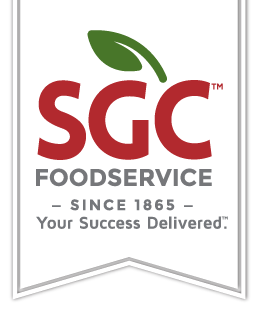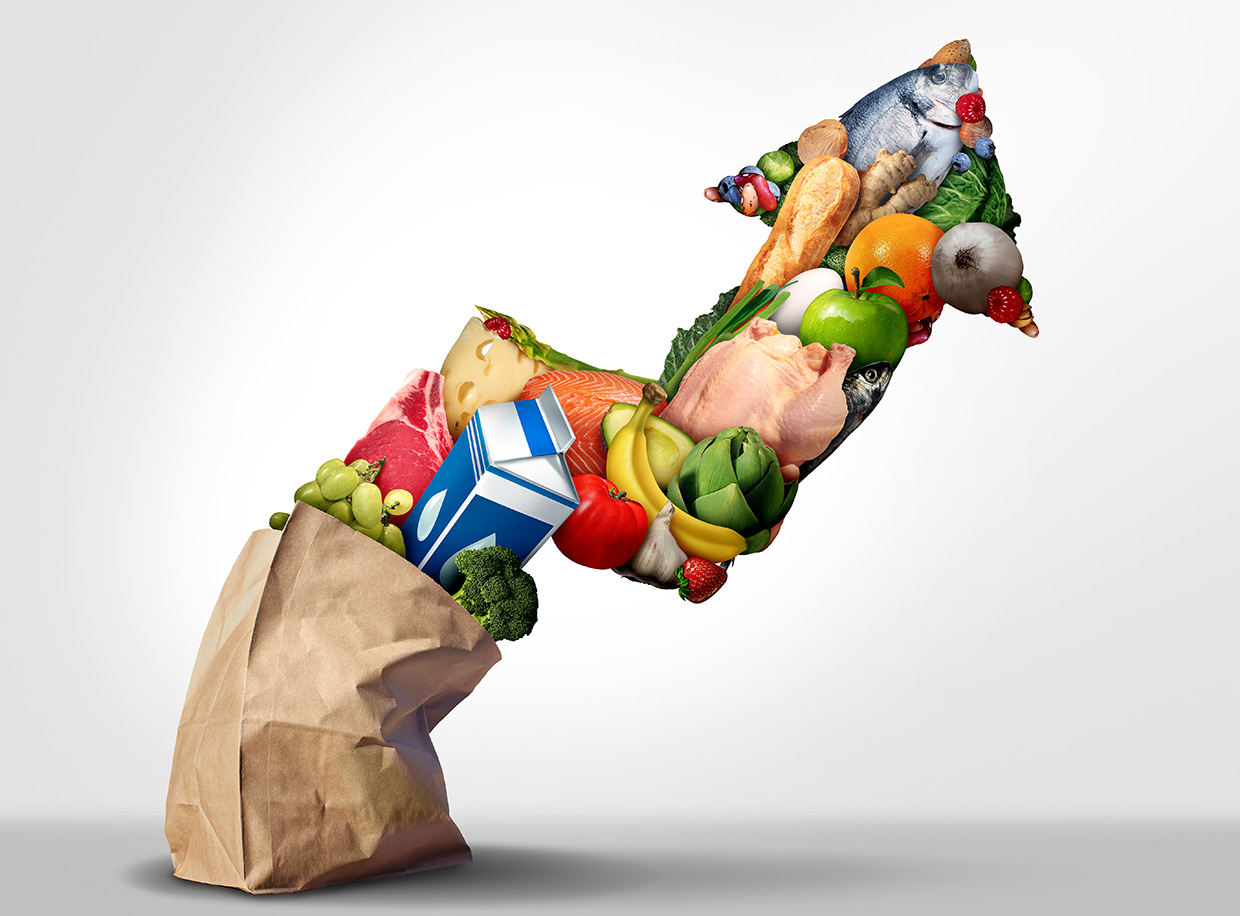There’s no denying that the past couple of years have been challenging to stay ahead of industry supply chain processes. Countless businesses have been forced to close, some permanently, with prices of food increasing as well as labor costs. In the face of all these price increases, restaurants continue to struggle to stay on top of inflation rates and what turn our economy will make.
As a restaurant owner, there isn’t much you can do about worldwide price increases on crucial products, and it’s unlikely the issue will be resolved any time soon. Unfortunately, this is a global economic issue, and inflation rates cannot be controlled. However, there are steps you can take and aspects you can tweak within your business that can help you to combat the current situation.
Inflation Explodes
Since January, costs have blown up, and the CPI and inflation are set to increase even higher. The war in Ukraine has sparked a dramatic increase in the cost of oil, which has sent some gasoline prices higher than they have ever been recorded. With the price of oil and gas increasing, transportation costs rise for restaurant owners and are, in turn, passed on to the consumer. Costs are also spiking in other areas like cleaning supplies and disposables. While many restaurants hope to absorb the rising costs, about 76% say they will have to increase their prices.
Menu Prices
Raising your meal prices might be the last option you want to take for your restaurant. It’s a challenge to compete with large chains on pricing, and many restaurant owners want to avoid scaring customers away because of their prices. It’s important to remember that if you don’t increase your prices with inflation, your profit margin will continue to get smaller. If your profit margin is shrinking to the point of unsustainability, the only choice for your business to get back ahead is to raise your menu prices. Now is a good time for operators to look over their menu and determine which dishes are the most profitable and which ones they may be losing money on.
Your regular customers will notice a spark in your menu prices, and you will more than likely have to explain to them why you had to raise your prices. Alerting your customers about the price increase ahead of time is essential. This message can be delivered through social media, a sign on the door of your establishment, a note on the menus, or via server. A brief explanation and apology will keep you in the good graces of your consumers, and they will appreciate the communication.
Optimize Ingredients
On top of increasing your menu prices, you should also consider minimizing your menu. One way to increase profits from your dishes is to get creative with your recipes by using as many of your ingredients as possible. Construct a list of ingredients that you can optimize to use in many of your dishes. This will create a smaller menu that is overall more profitable and will require the acquisition of fewer ingredients.
Optimizing your ingredients also reduces the amount of food you waste. The more you can optimize each ingredient, the more use you are getting out of the money you spend. As an operator, it’s essential to monitor your inventory closely, or a big chunk of your budget could be at risk. Along with counting your inventory, you should be surveying your numbers and understanding which dishes are causing you to lose money due to over-portioning.
Local Sourcing
With the cost of transportation rising, a fantastic option for minimizing costs is to source your products through local vendors. This also may play a part in reducing your menu at certain times of the year, but this strategy will drastically cut down your transportation costs by reducing the amount of travel your product has to make. Seasonal and locally available food is often less expensive than those delivered from other parts of the country or internationally. Consider changing your menu seasonally, as local vendors will have access to different ingredients as the seasons change. Doing this can help you to avoid working with wholesalers and will lower your costs. This concept is similar to that of a farm-to-table restaurant which is increasingly popular and may be a huge, new selling point for your menu.
Labor Costs
An unavoidable cost for your restaurant, despite inflation, is labor costs. No restaurant can run successfully without a fully motivated and competent staff, so cutting labor costs is the last decision you should make for your business. With the oil, transportation, and other costs rising, your employees need to be able to survive as well. They are also consumers, and it’s essential to value your staff just as much as the food you produce. Raising menu prices in your restaurant can help to offset higher labor costs. Another option to consider is to rethink your labor model strategies. Simplified menus and technology like self-service kiosks can aid your restaurant in running more efficiently in these economic situations.
Restaurant operators face many day-to-day challenges, and inflation rates present an entirely different struggle. Fortunately, your business has several options to produce a consistent cash flow and keep customers coming back.

